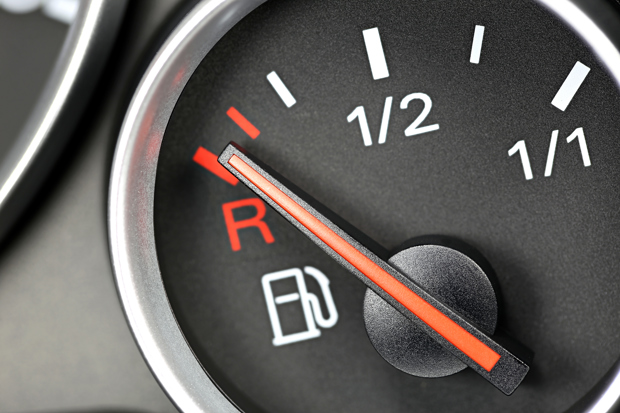More than 10 million UK drivers ‘run their cars on empty’

A staggering 10.3 million drivers admit to letting their fuel tank get as close to empty as possible before filling up.
These so-called ‘red line runners’ are naturally at increased risk of running out as a result – with 7 in 10 motorists admiting they have indeed run out of fuel in the past year alone.
The practice is on the increase as well, with 1 in 4 drivers admitting they are more likely to always drive as close to the warning light as possible before filling up, than they were two years ago.
Indeed, more drivers are also now setting themselves a fuel budget, while 15% of motorists admit they have risked running out while driving around to find a cheaper petrol station than the one they initially found.
Green Flag, which carried out the survey, is now eager to highlight the additional risks of ‘red light running’, over and above the dangers of running out.
These include damaging the engine itself, as debris in the bottom of the fuel tank is fed into the fuel pump and filter.
What’s more, running a diesel low on fuel may see the fuel pump send air through the system instead of fuel – if that happens, your engine will shut down and not restart until the air is removed and bleeding the fuel system can be a complex job.
Add in the perils of running of fuel, that can include suddenly having no power at a busy junction, plus potential impacts on brakes and power steering, and it’s a practice that very much is best avoided.
"Drivers could also face a fine and points on their licence if a breakdown is considered to be a result of careless driving," says Green Flag MD Katie Lomas.
Highway Code Rule 97 states drivers ‘should ensure that they have sufficient fuel or charge for your journey, especially if it includes motorway driving’.
"People often overestimate how far they can still drive when a fuel warning light comes on, so it’s probably best to avoid running into the red where possible, especially where petrol stations are few and far between," adds Lomas.
There are currently around 8300 filling stations in the UK, a decline of more than a third since 2000.
The number of filling stations in the UK is significantly less than in other countries – Italy, for example, had almost 22,000 filling stations as recently as 2022.
Back in the 1960s, there were more than 40,000 filling stations across the UK.
How much spare fuel can I carry?


